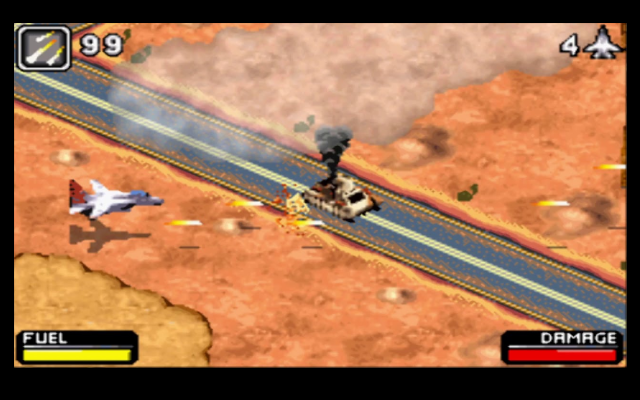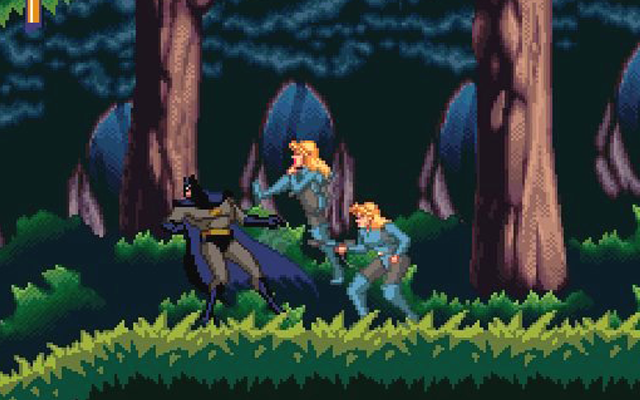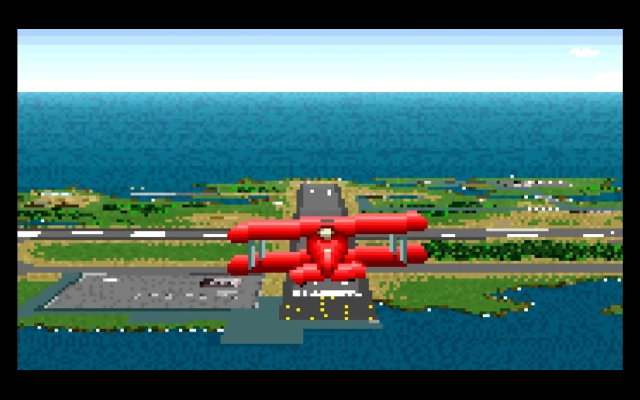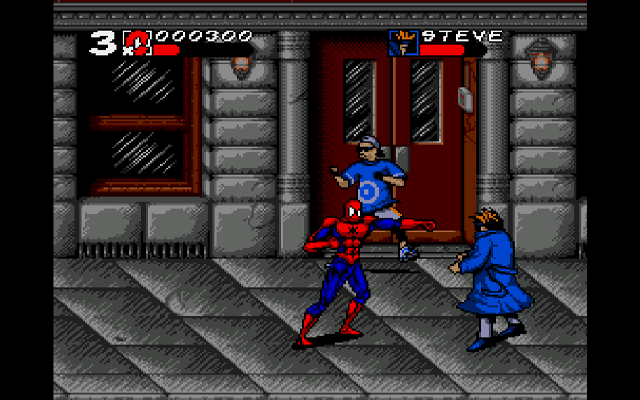Top Gun: Firestorm – The High-Flying Combat Game That Took Players to the Danger Zone

Top Gun: Firestorm, released in 2001 for the Game Boy Advance (GBA), is a thrilling flight combat game that immerses players in the adrenaline-pumping world of modern aerial warfare. Developed by Titus Interactive and based on the iconic Top Gun movie franchise, Top Gun: Firestorm allows players to take on the role of an elite fighter pilot as they engage in fast-paced dogfights, complete daring missions, and prove their skills in the cockpit of some of the most advanced jets in the world. While the game didn’t reach blockbuster status, it delivered an enjoyable experience for fans of the film and flight combat games alike.
The Premise of Top Gun: Firestorm
In Top Gun: Firestorm, players assume the role of a top naval aviator recruited to take on dangerous missions around the world. Drawing inspiration from the movie’s elite fighter pilot school, the game puts players through a series of intense missions that involve everything from aerial dogfights and bombing runs to escorting allied aircraft and protecting naval fleets. While the game doesn’t directly follow the storyline of the Top Gun movie, it captures the essence of being a skilled fighter pilot sent on critical military operations.
The missions in Top Gun: Firestorm take place across various environments, including open oceans, deserts, and enemy territories, adding variety to the gameplay and keeping players engaged as they face new challenges. The goal is simple: complete your objectives, eliminate enemy threats, and return to base safely. With its emphasis on high-stakes combat and strategic flying, Top Gun: Firestorm offers players an immersive taste of the life of a naval aviator.
Gameplay Mechanics and Aerial Combat
Top Gun: Firestorm brings the action to the Game Boy Advance with a mix of fast-paced combat and tactical flying. Players control a modern fighter jet, tasked with engaging in dogfights, destroying ground targets, and completing various mission objectives. The game offers a range of missions, each with its own unique set of challenges that test the player’s flying and combat skills.
The controls in Top Gun: Firestorm are relatively straightforward, making the game accessible to players of all skill levels. Players can maneuver their jet, fire machine guns, launch missiles, and perform evasive maneuvers like barrel rolls and loops to dodge enemy attacks. The key to success lies in mastering these controls and learning how to effectively engage enemies while avoiding their fire.
The game’s combat system allows players to engage both air and ground targets. Dogfights against enemy jets are fast and frantic, requiring quick reflexes and precise aiming to shoot down opposing aircraft. In addition to air-to-air combat, players must also take on ground-based threats such as enemy tanks, anti-aircraft guns, and missile launchers. Balancing air-to-air and air-to-ground combat adds depth to the gameplay, as players must adapt to different threats and prioritize their targets accordingly.
One of the standout features of Top Gun: Firestorm is its variety of missions. Players are not only tasked with taking down enemy fighters but also protecting allied assets, bombing enemy installations, and escorting friendly aircraft through hostile territory. This diversity of mission types keeps the gameplay fresh and engaging, as each mission presents a new challenge for players to overcome.
While the game doesn’t have a complex progression system or customizable jets, it does offer a straightforward, action-packed experience that’s easy to pick up and play. The emphasis on arcade-style combat makes Top Gun: Firestorm ideal for short bursts of gameplay, while the varied missions keep players coming back for more.
Visuals and Sound Design
For a Game Boy Advance title, Top Gun: Firestorm delivers solid visuals that capture the intensity of aerial combat. The game utilizes an isometric perspective, giving players a top-down view of their jet and the surrounding environment. While the graphics are relatively simple compared to modern standards, they are effective in conveying the action and making it easy for players to track their jet and enemies during combat.
The environments in Top Gun: Firestorm are well-designed, with detailed landscapes that change depending on the mission’s location. Whether flying over vast oceans or navigating through desert canyons, the game’s visuals provide a sense of variety and scale. Enemy jets, missiles, and explosions are clearly visible, helping to create a dynamic and engaging battlefield.
The sound design in Top Gun: Firestorm complements the gameplay with impactful audio effects. The roar of jet engines, the rapid fire of machine guns, and the explosive sound of missiles hitting their targets all contribute to the game’s immersive atmosphere. While the Game Boy Advance’s sound capabilities are limited, the game’s audio design manages to create a sense of excitement and urgency that fits the high-stakes nature of the missions.
The game’s music is inspired by the original Top Gun film, featuring upbeat and energetic tracks that add to the sense of speed and action. While it doesn’t directly replicate the movie’s iconic soundtrack, the music in Top Gun: Firestorm helps to build the atmosphere of a high-flying, adrenaline-pumping combat mission.
Cultural Impact and Legacy
Top Gun: Firestorm was released at a time when the Top Gun movie franchise was still a cultural touchstone, especially for fans of action films and aviation. While the game didn’t receive widespread acclaim or commercial success, it managed to carve out a niche for itself among fans of flight combat games and the Top Gun brand.
As a portable title for the Game Boy Advance, Top Gun: Firestorm brought the excitement of aerial combat to handheld gaming. It wasn’t a groundbreaking title by any means, but it offered a solid, enjoyable experience for players looking to engage in dogfights and complete high-stakes military missions on the go.
While the game hasn’t retained the same level of recognition as other Top Gun titles or flight combat games, it remains a fondly remembered part of the Game Boy Advance library for those who enjoyed its accessible yet challenging gameplay. Its arcade-style approach to flight combat made it a fun and easy-to-play game for casual sessions, while its diverse missions kept players engaged throughout the campaign.
The Art of Creating Accessible Flight Combat
One of the strengths of Top Gun: Firestorm is its ability to deliver an accessible flight combat experience on a handheld console. The game strips away the complexity of traditional flight simulators, focusing instead on fast-paced action and intuitive controls. This makes it a great entry point for players who may be new to the genre, while still offering enough challenge to keep more experienced players engaged.
The game’s simple mechanics, combined with the variety of mission types, make Top Gun: Firestorm a well-rounded package that appeals to a broad audience. It’s a game that understands its limitations as a handheld title but makes the most of its strengths by focusing on delivering a satisfying and enjoyable aerial combat experience.
Conclusion
Top Gun: Firestorm is an action-packed flight combat game that brings the thrill of dogfights and military missions to the Game Boy Advance. With its accessible controls, varied mission types, and engaging gameplay, Top Gun: Firestorm offers players an enjoyable and adrenaline-fueled experience in the cockpit of a fighter jet. Whether you’re a fan of the Top Gun franchise or simply looking for a solid flight combat game on the GBA, Top Gun: Firestorm delivers a high-flying adventure that never gets old. So, buckle up, engage your afterburners, and prepare for aerial combat in Top Gun: Firestorm—a game that lets you take to the skies with confidence.









